Now, however, the detailed history of the UK’s premier circuit can be followed at The Silverstone Experience, a huge interactive museum near the circuit’s main entrance, designed to be as much a drawcard for knowledgeable race enthusiasts as for race attendees, drop-in visitors and schoolkids.
The Experience’s primary aim reinforces that of the nearby UTC: to awaken students to the fascination of science and technology, a claim made abundantly clear when it was officially opened a few weeks ago by the Duke of Sussex. The ceremony consisted of four short and heartfelt speeches – from the head of the National Lottery Heritage Fund (who provided £9.1 million of the £22m-odd invested), The Silverstone Experience CEO Sally Reynolds, six-times F1 world champion Lewis Hamilton (who handed over one of his race helmets) and Prince Harry.
It was an especially great day for Reynolds, who joined the embryo project from Legoland in 2011, fronted the various bids for lottery funding, encouraged other big-scale donations, negotiated endlessly with circuit owners, planners and local authorities, survived two episodes when it looked as though the whole project would collapse and finally brought it to fruition.
Weirdly, because details of royal events aren’t published beforehand, we were trying to contact Reynolds by phone at the precise moment Prince Harry was bearing his scissors to cut the red ribbon, as it were. When the dignitaries departed, we did manage to make an appointment and presented ourselves at a sodden Silverstone a couple of days later to be met by Reynolds in the Experience’s spacious ground-floor coffee shop, a haunt most visitors are going to find hard to resist.
As you approach the Experience from the nearest car park, to the left of Silverstone’s main entrance road, you wonder two things: a) why you hadn’t noticed this enormous, imposing building before; and b) whether all of the enclosed space, 4000 square metres of it, is to be taken up by the museum.
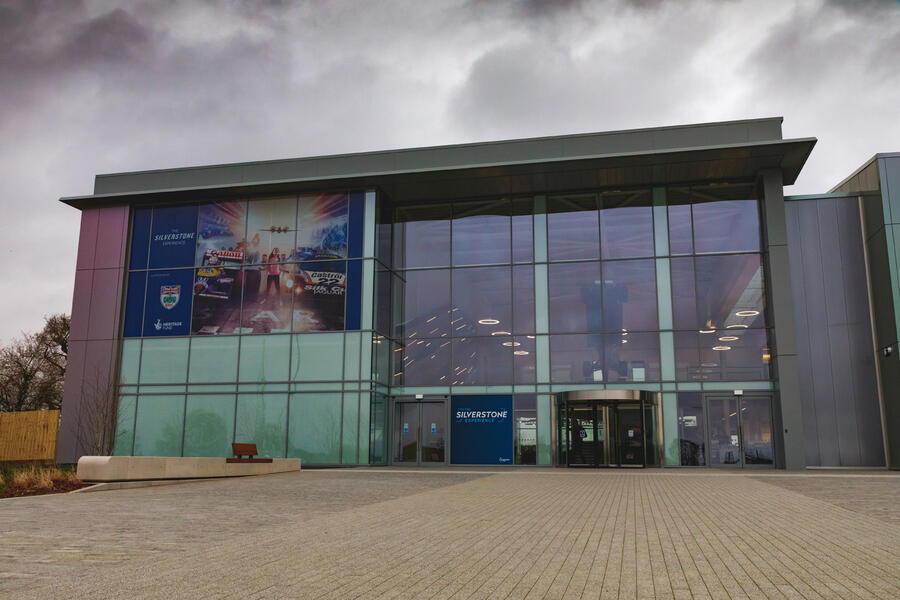
The first answer’s easy: the building wasn’t imposing before. It was big, ramshackle and ugly, a steel-framed former World War II aircraft hangar erected 70 years ago to house Wellington bombers that subsequently flew out of both the former wartime Silverstone training airfield on this site and Turweston, its twin a couple of miles away. When racing began in 1948, this venerable structure did at least provide the names of Hangar Straight and Wellington Straight, and still does.
The hangar was meant to be temporary but, after 70 years, it was found to be mainly sound, albeit with some weirdly man-made corrosion problems in its corners (use your imagination). Once a huge central steel truss had been expensively replaced, it was structurally ready to be re-clad outside and refitted within. As for space, the generous scale of the exhibits – on several levels – is very clear once you climb the stairs that begin your journey through the exhibits. From the top, you look down on a true panorama of cars, heroes, massive images, maps, all manner of video-based interactive exhibits, the heads of various living, breathing and very helpful volunteers and, above all, space. It stretches to the building’s very extremities.
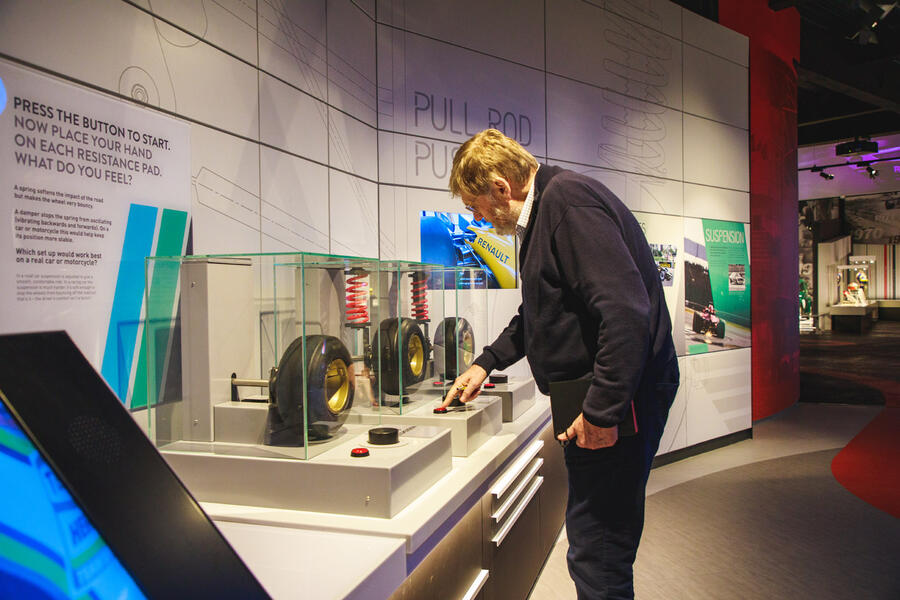

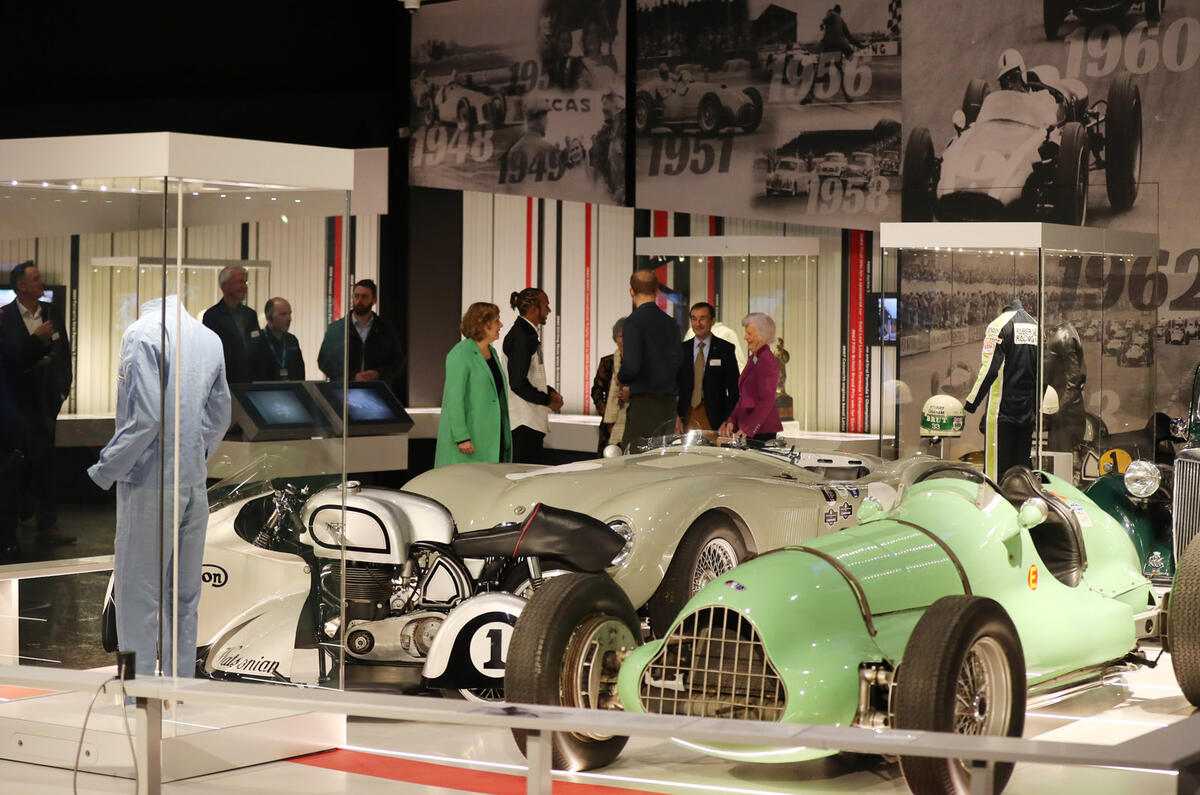
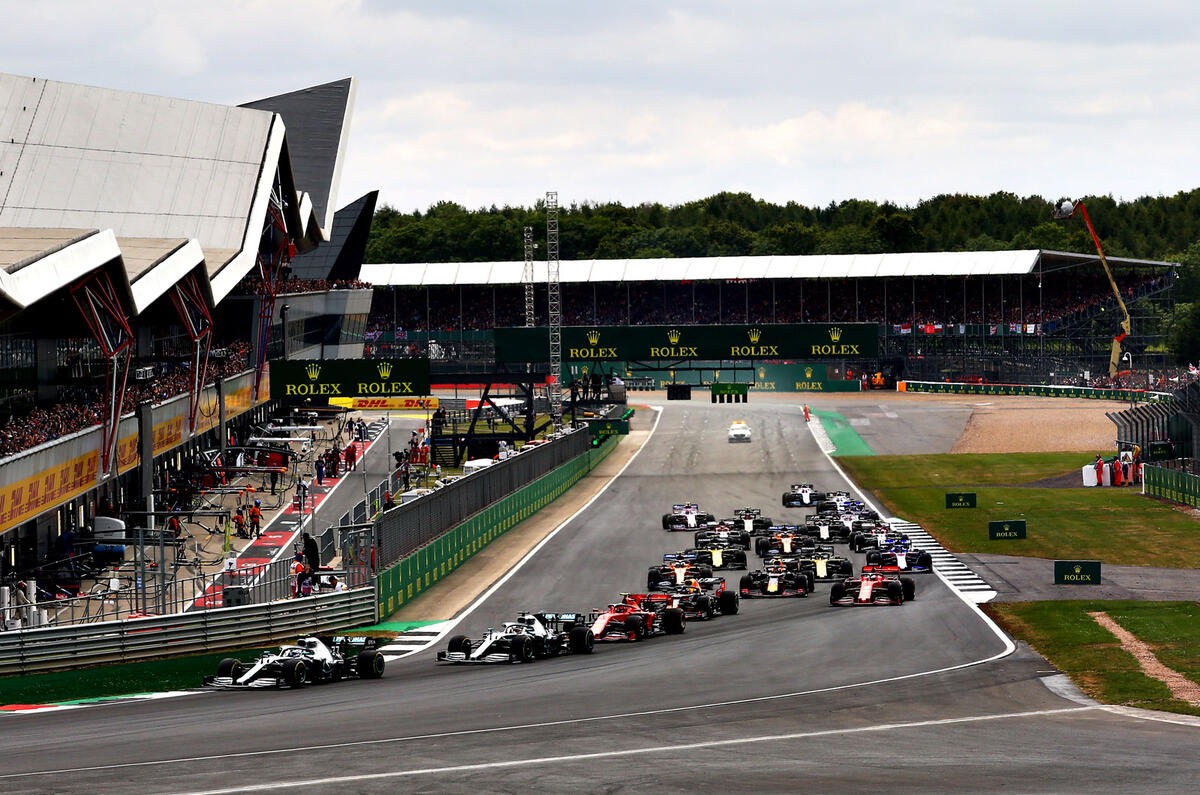
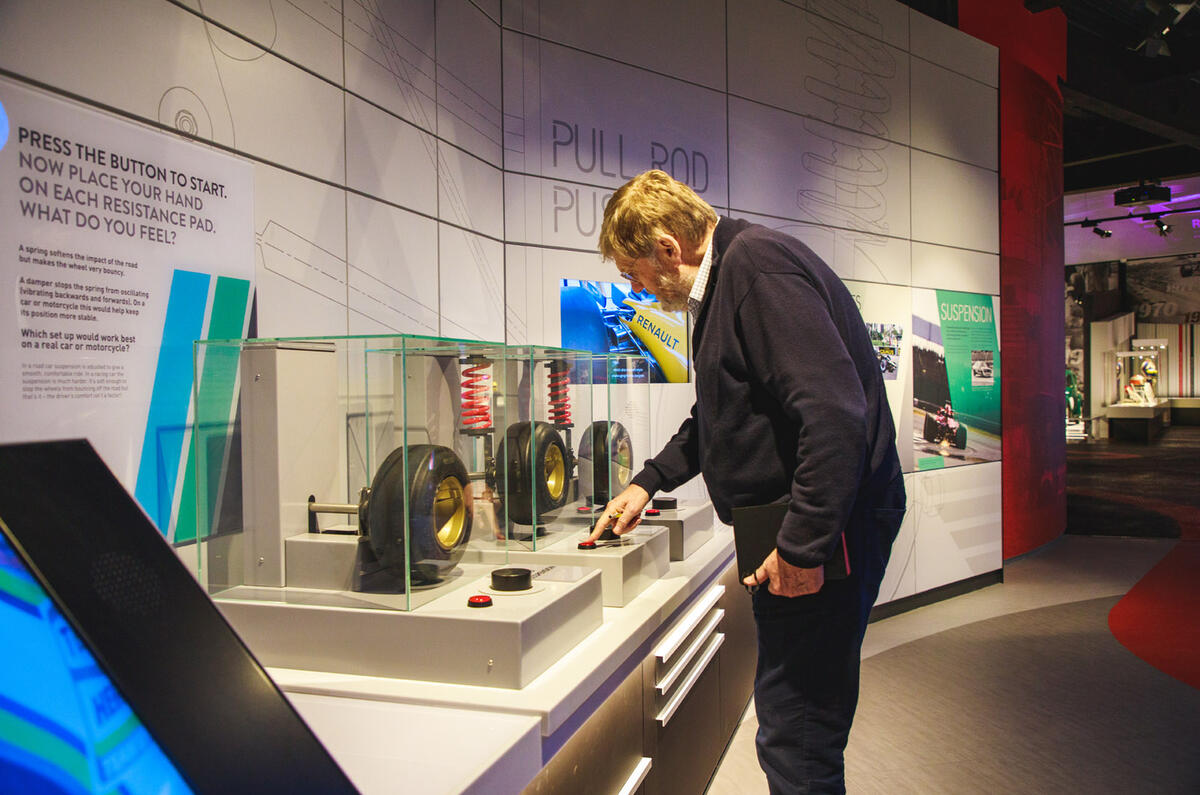
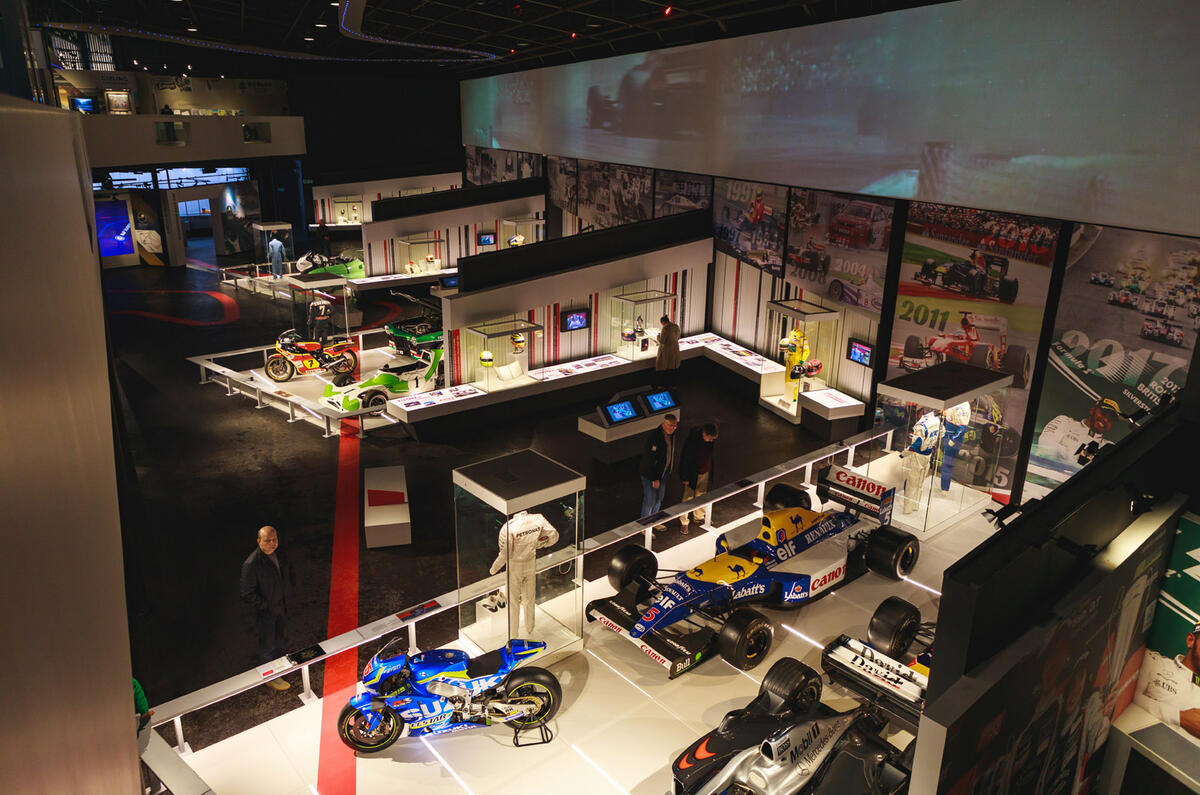
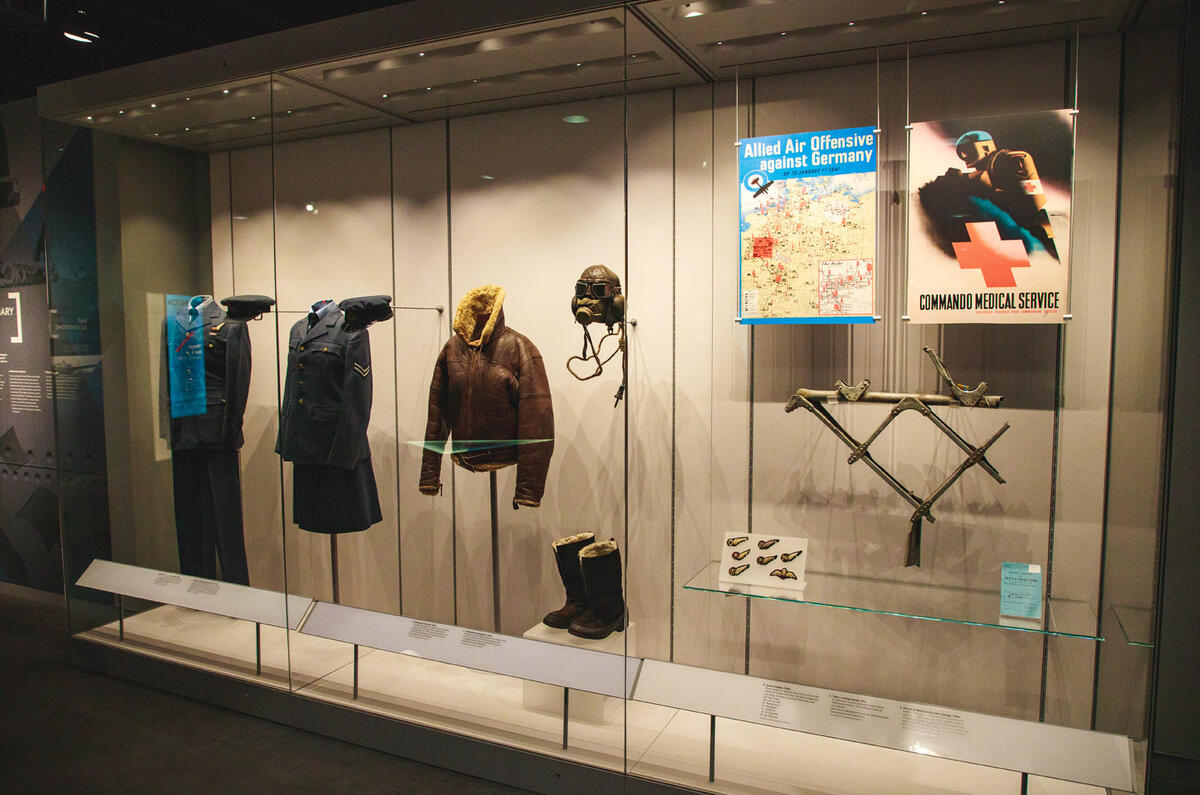
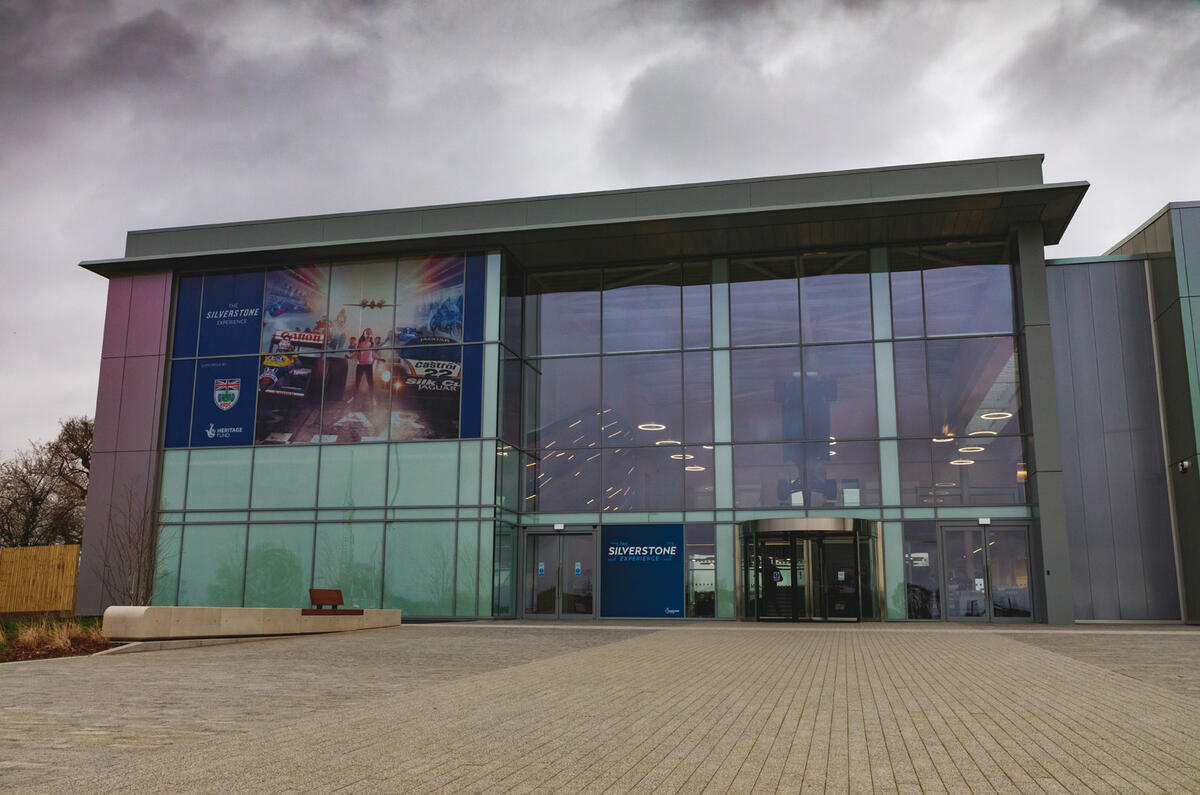
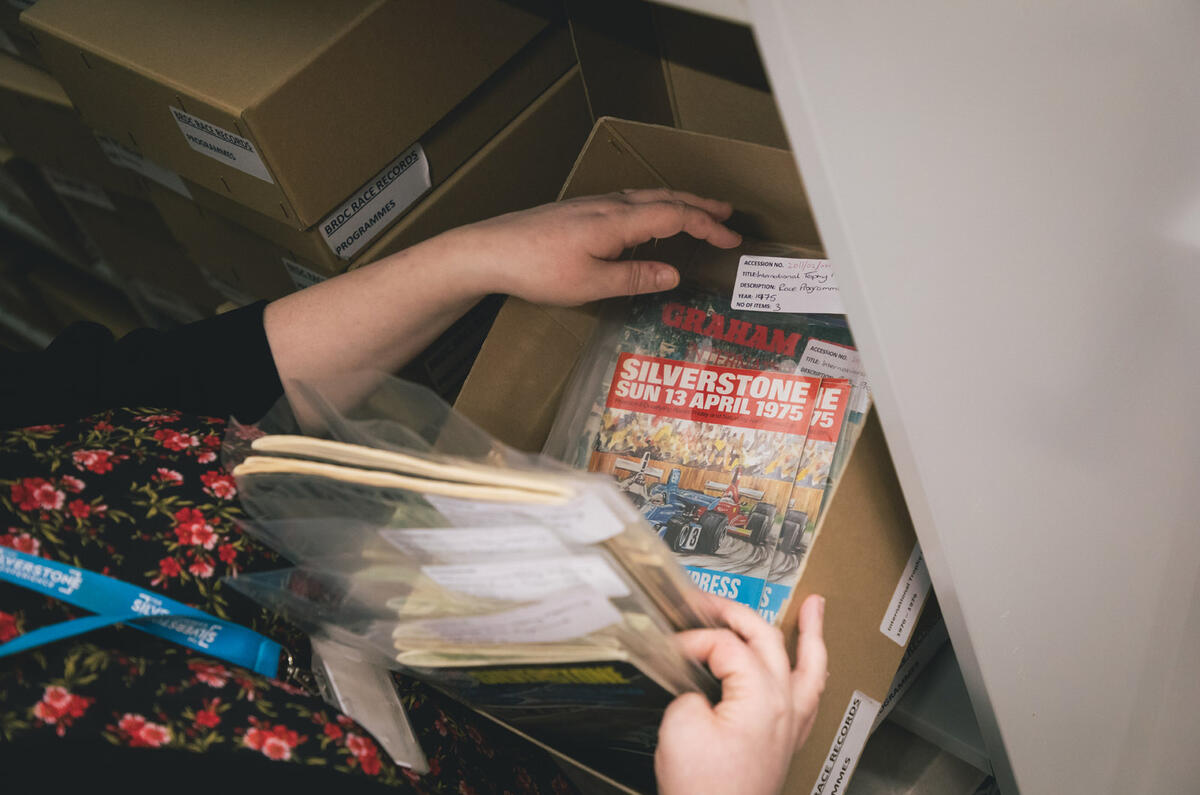
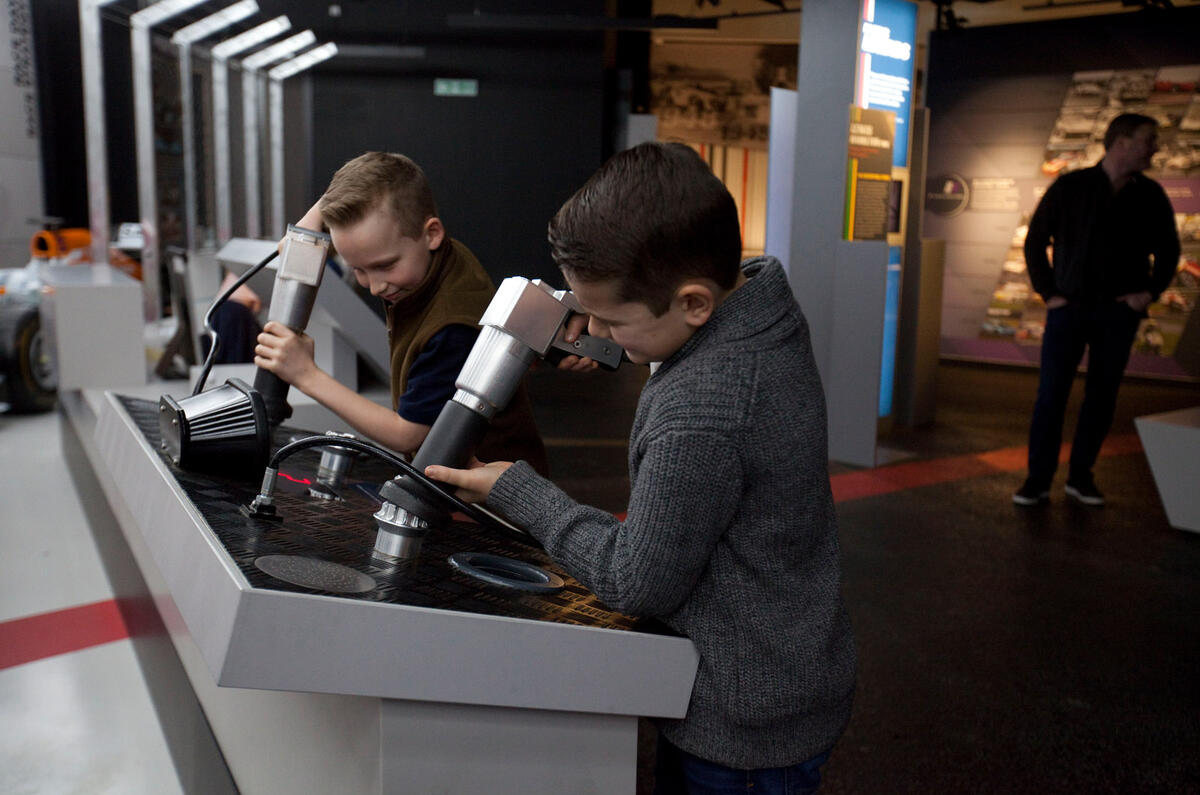
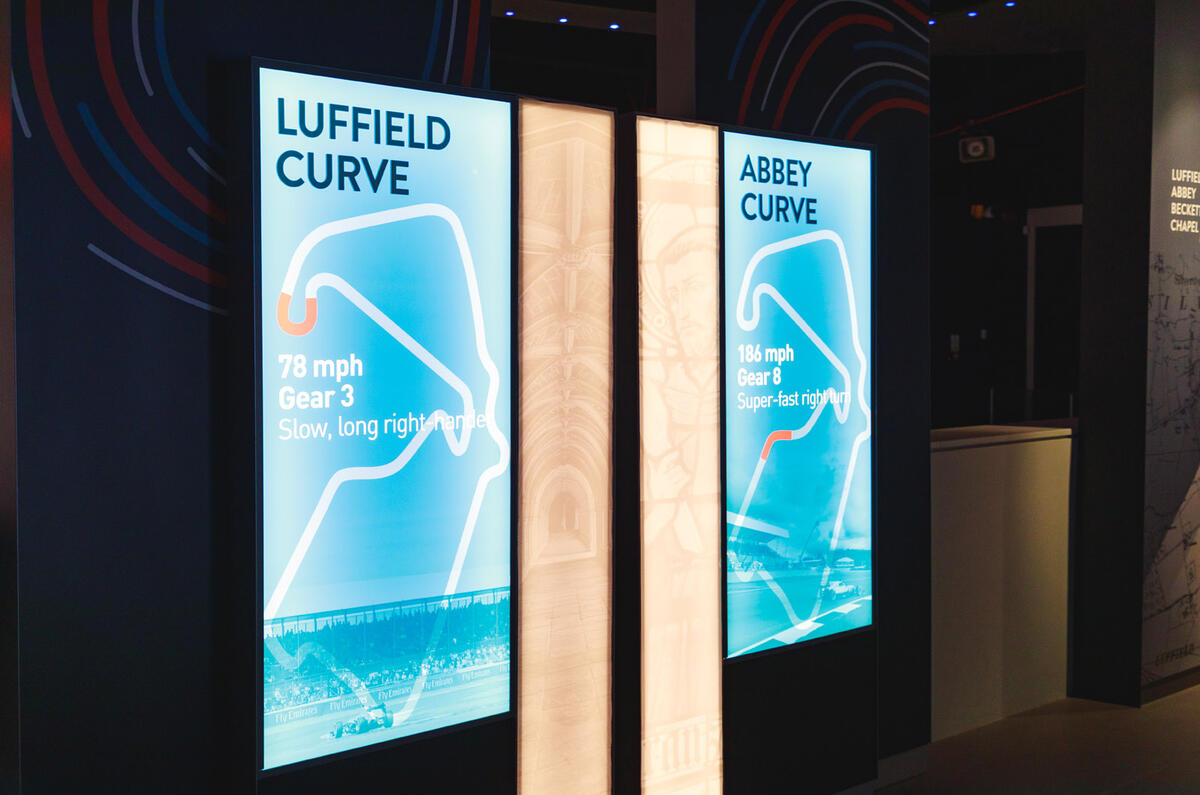
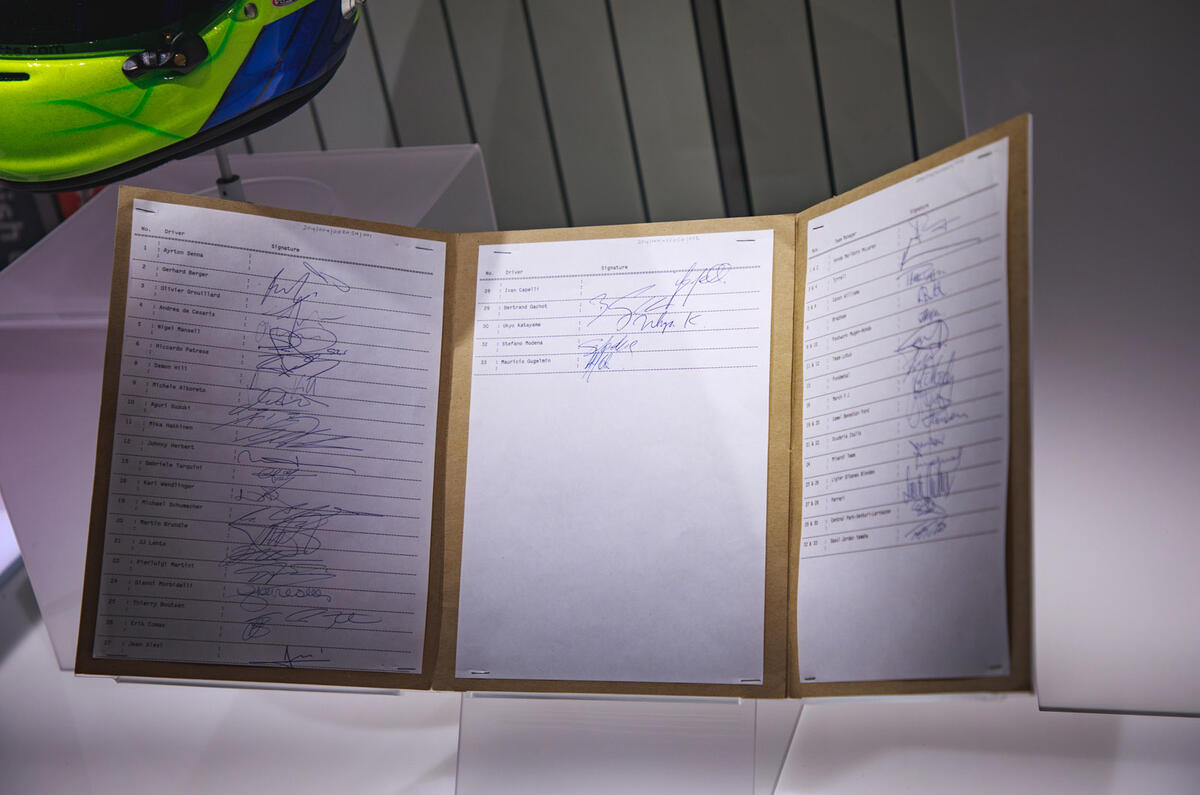

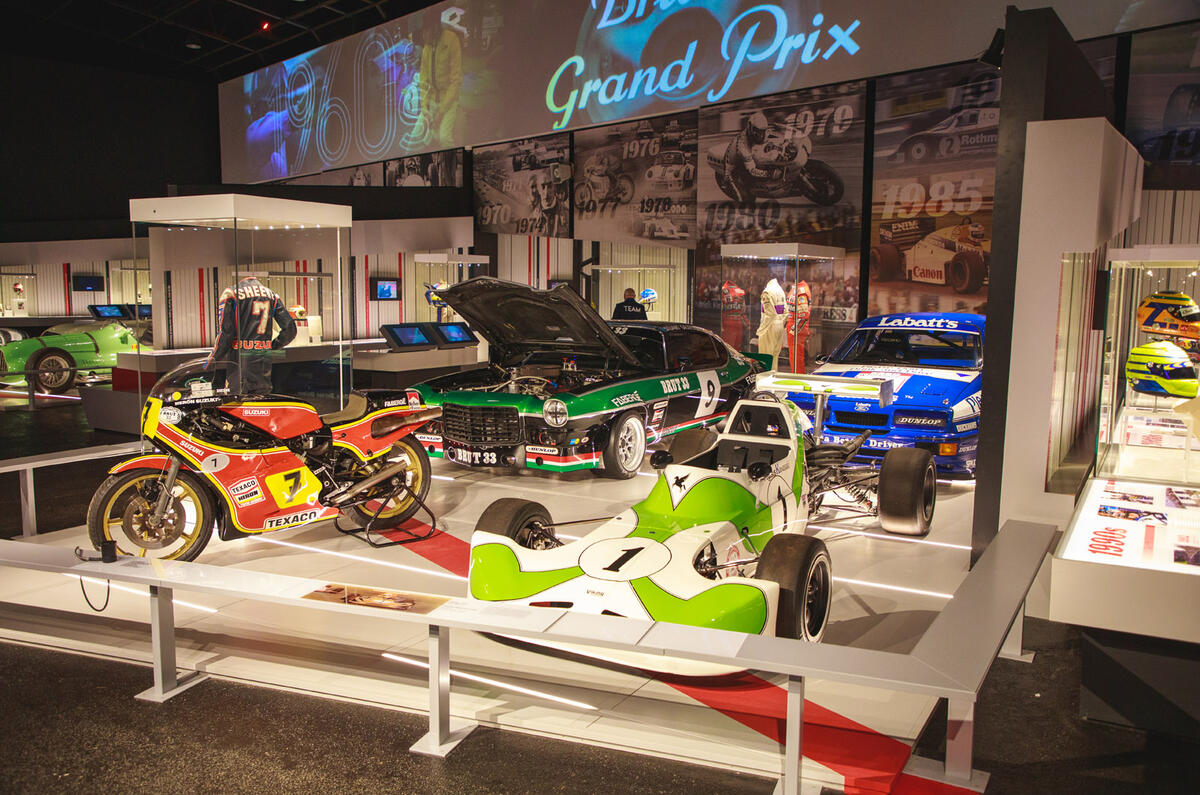
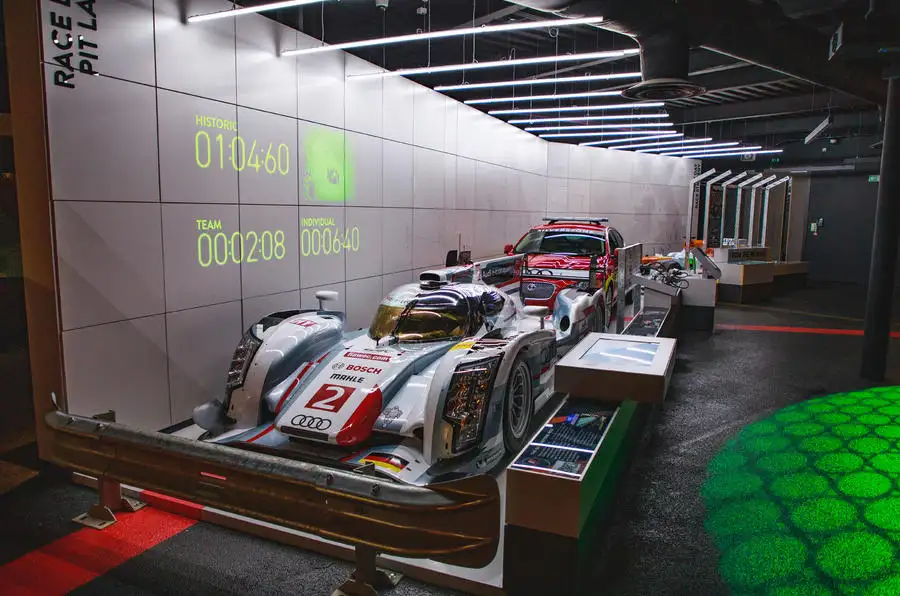
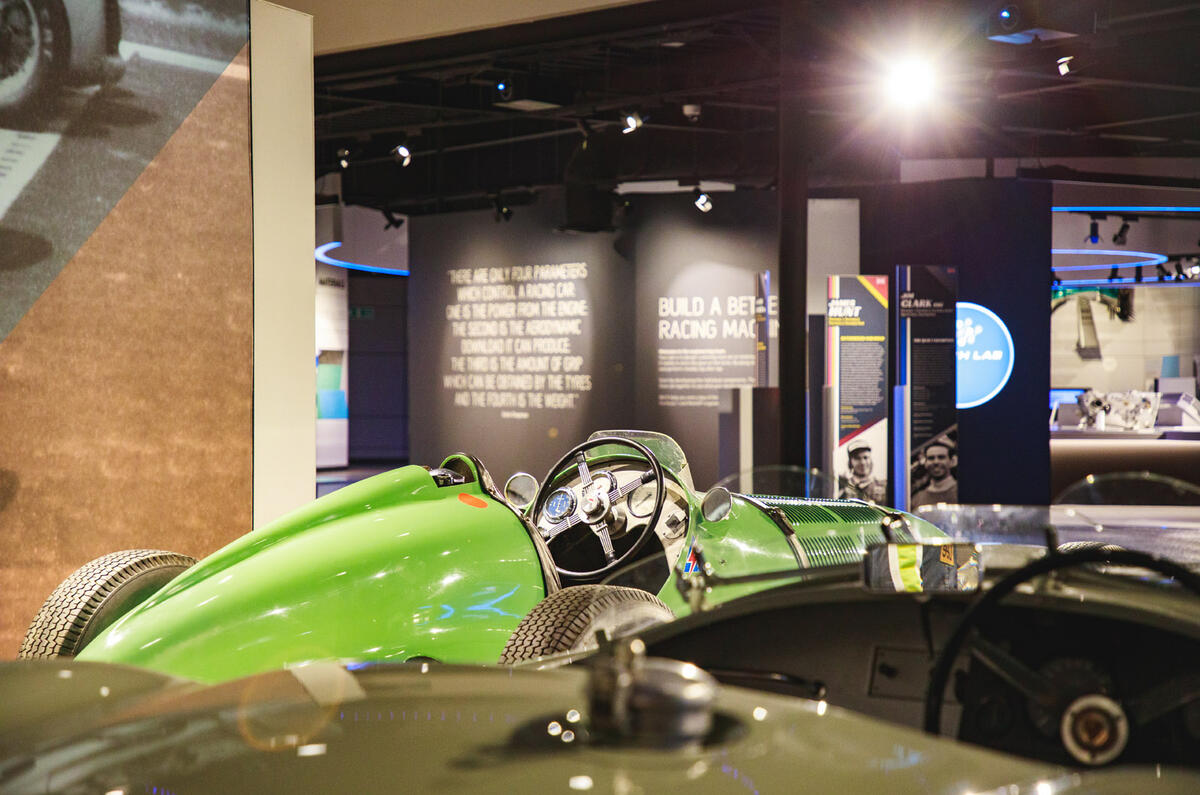
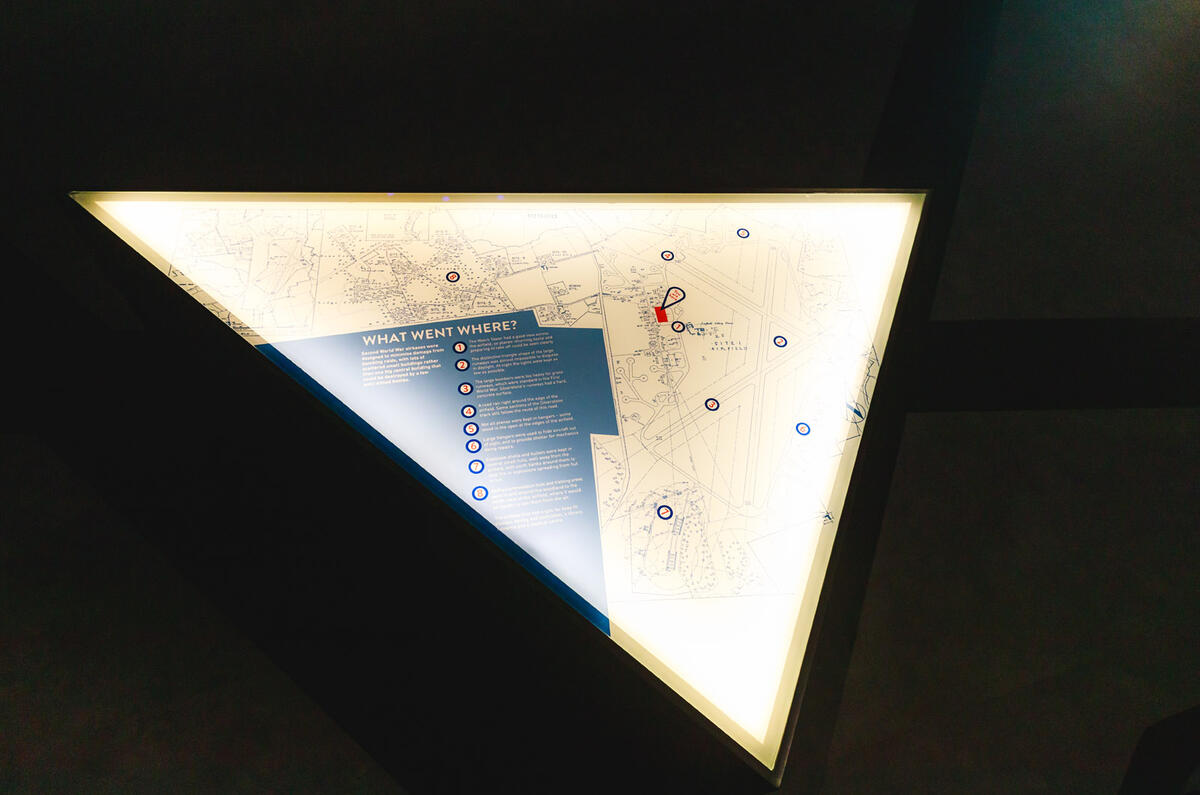
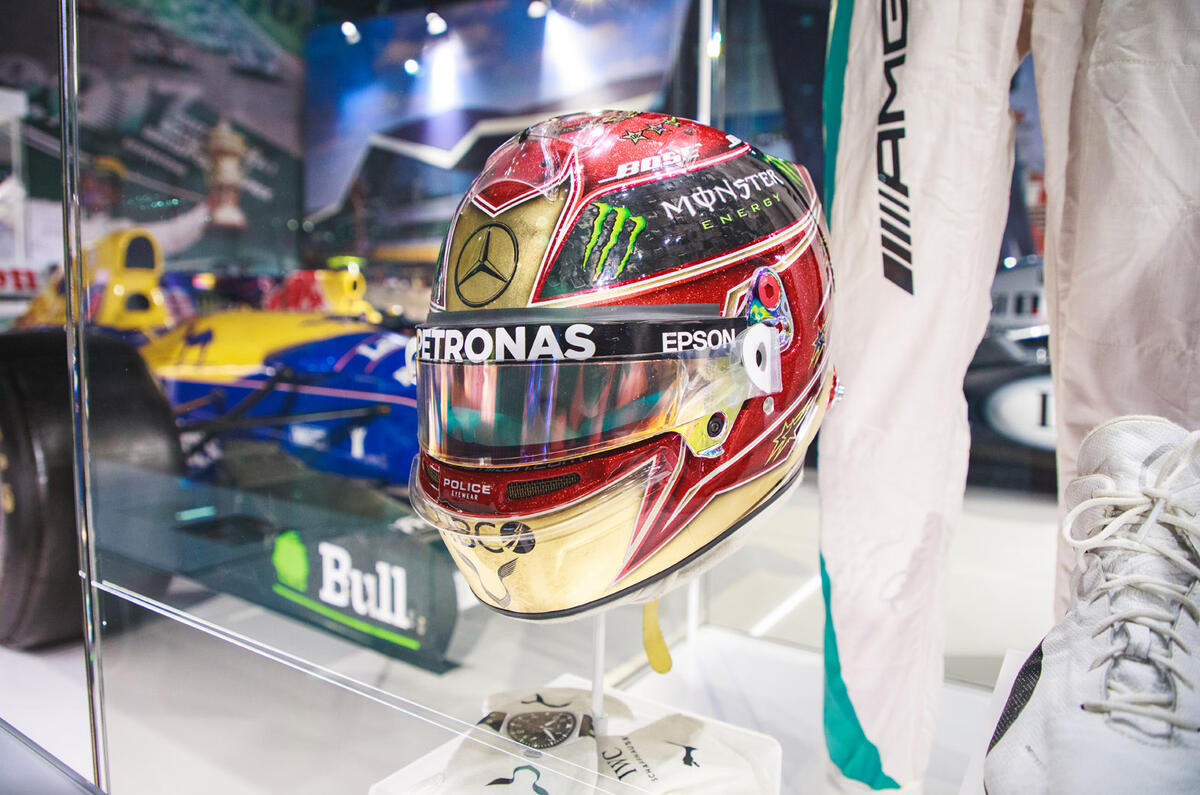
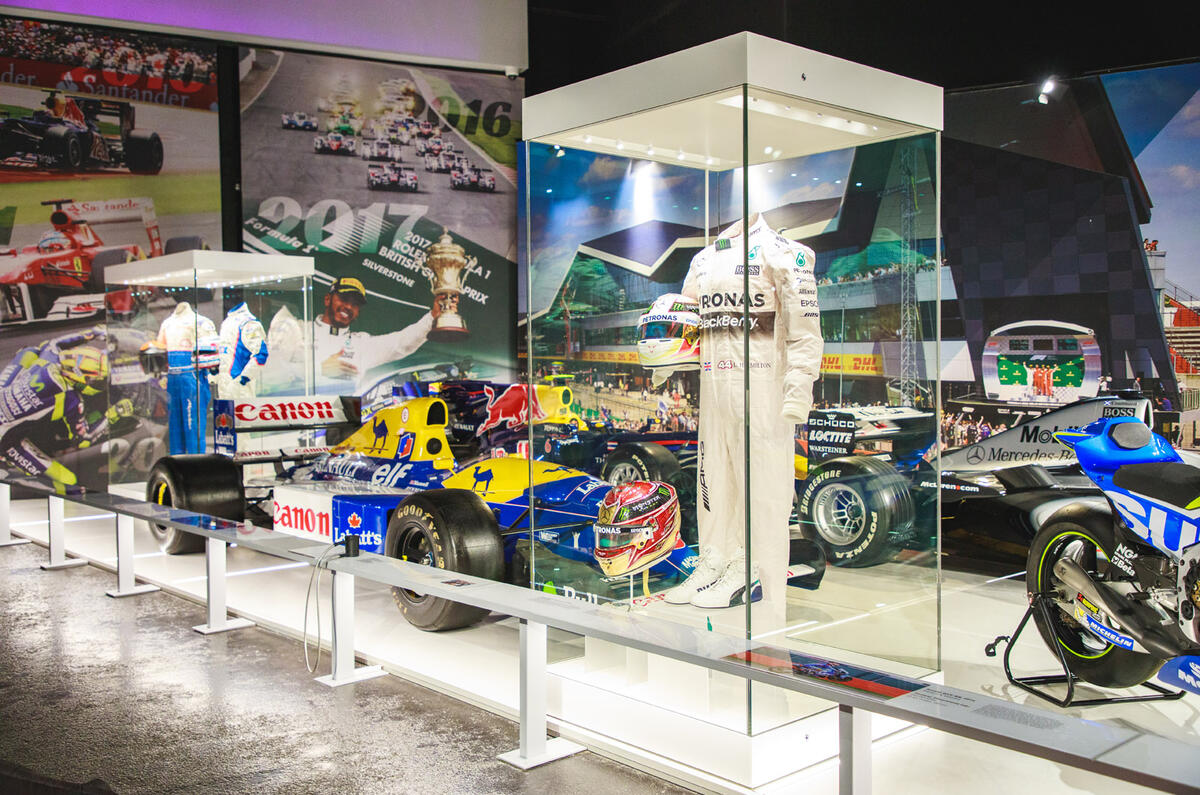
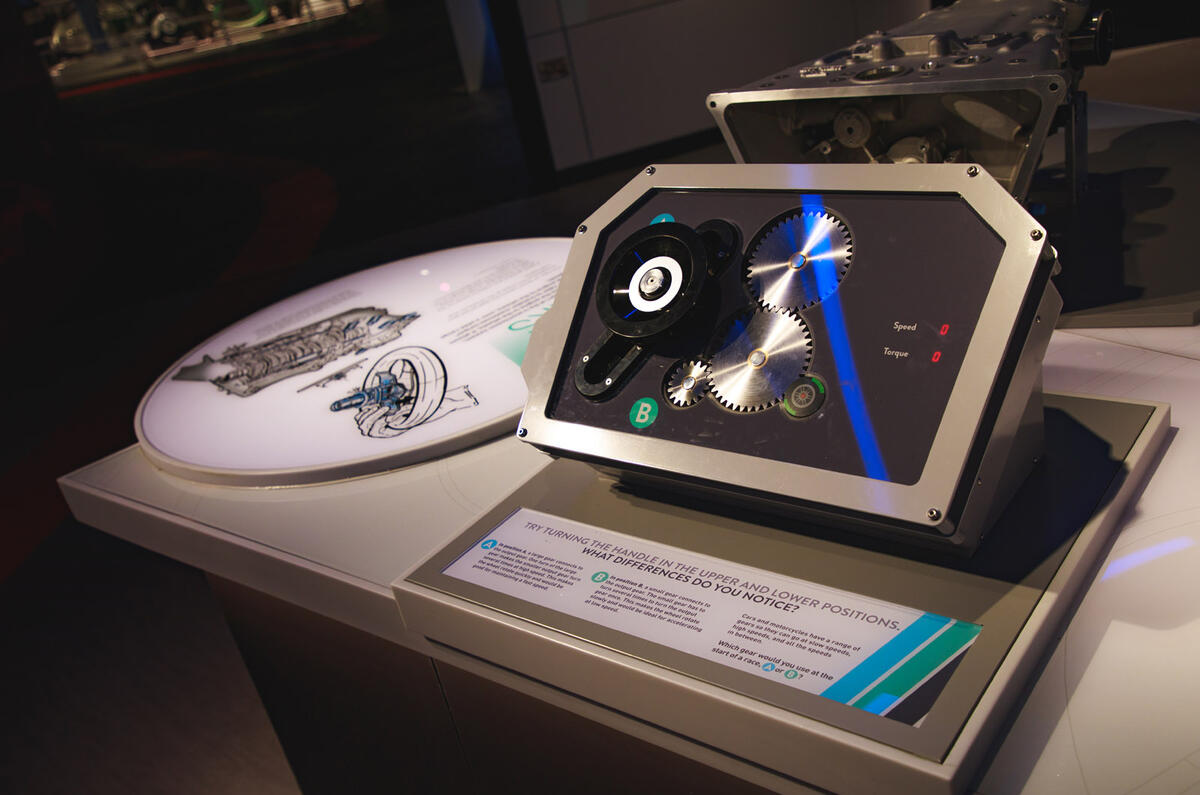
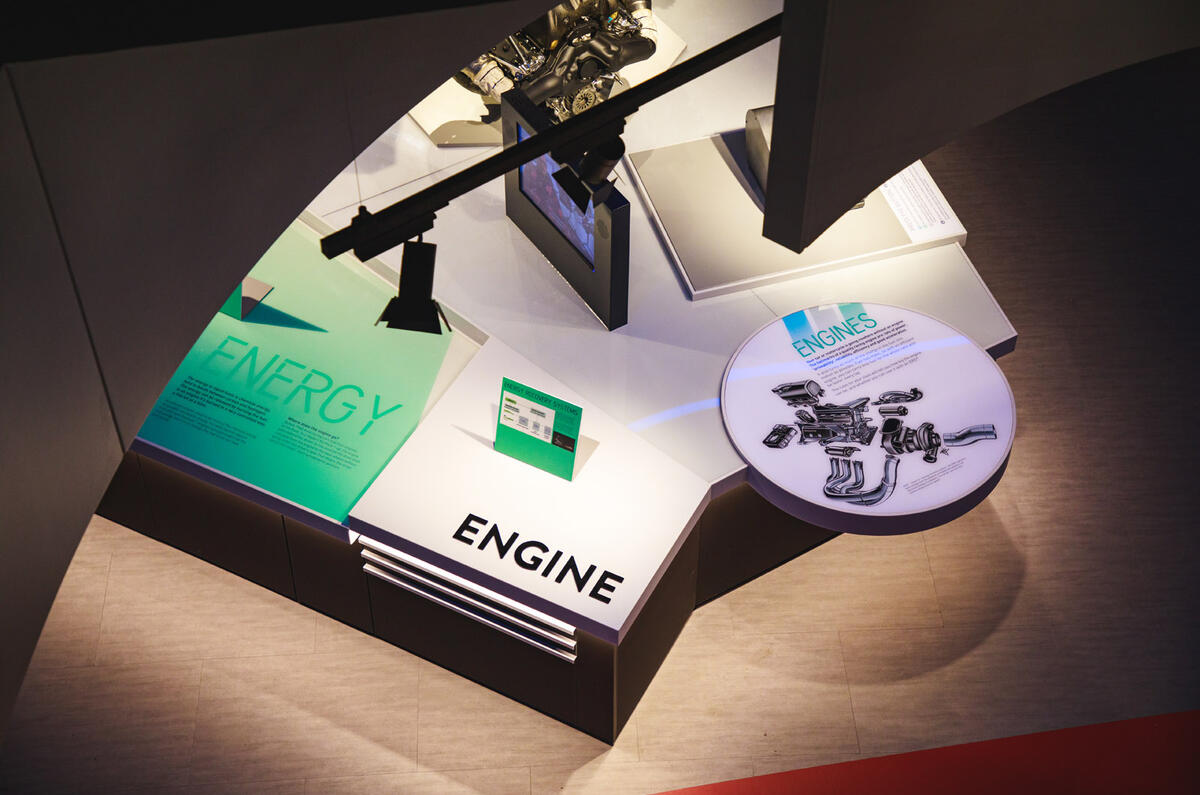
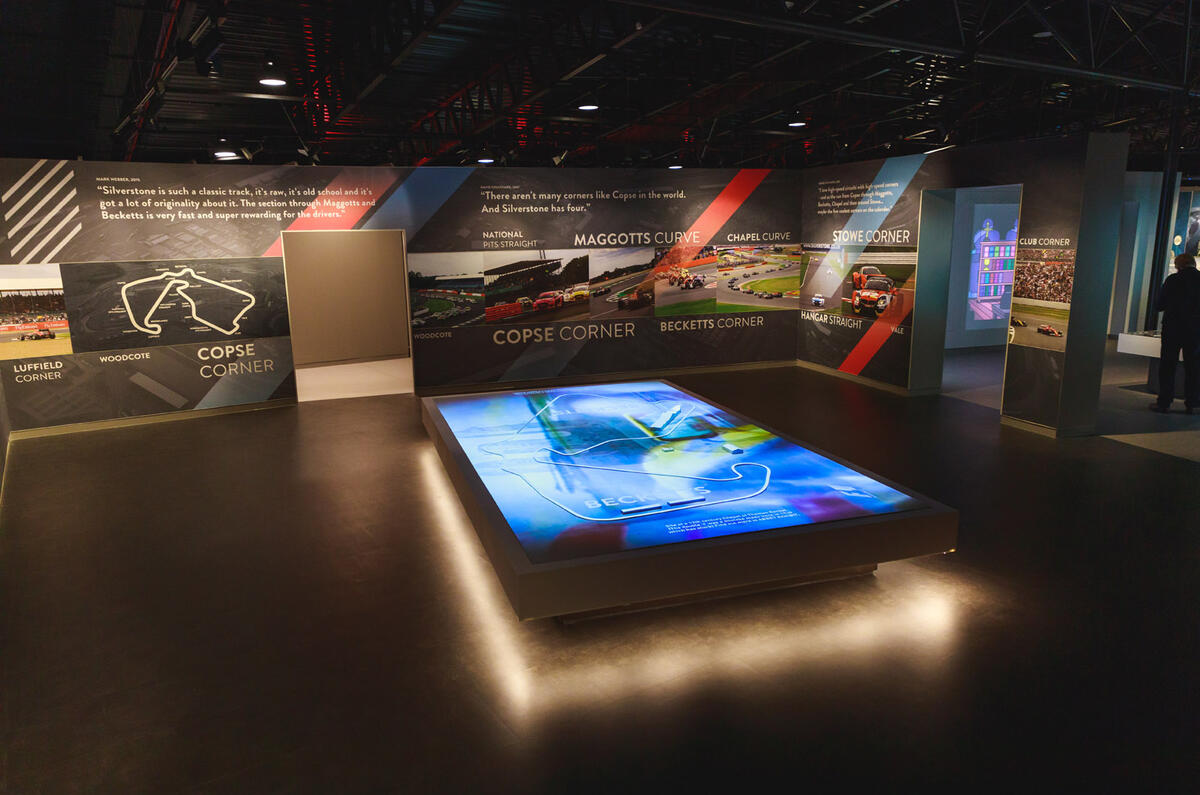
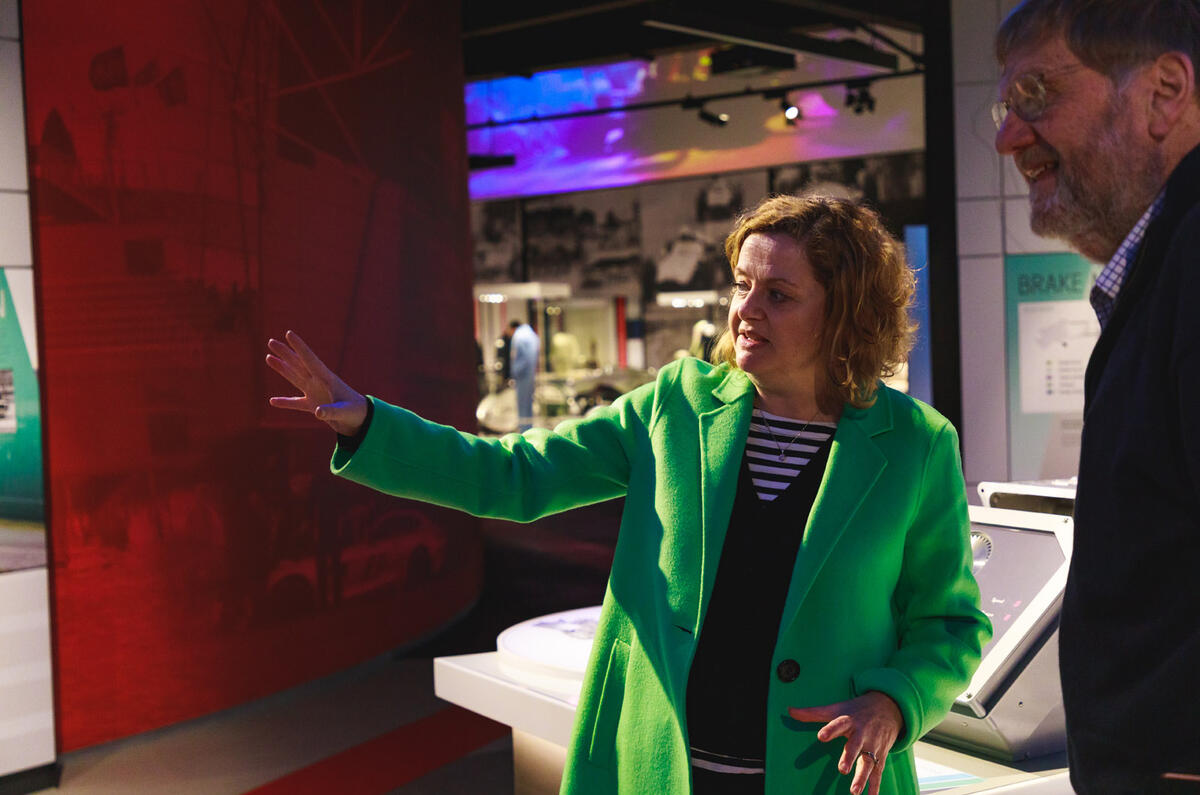
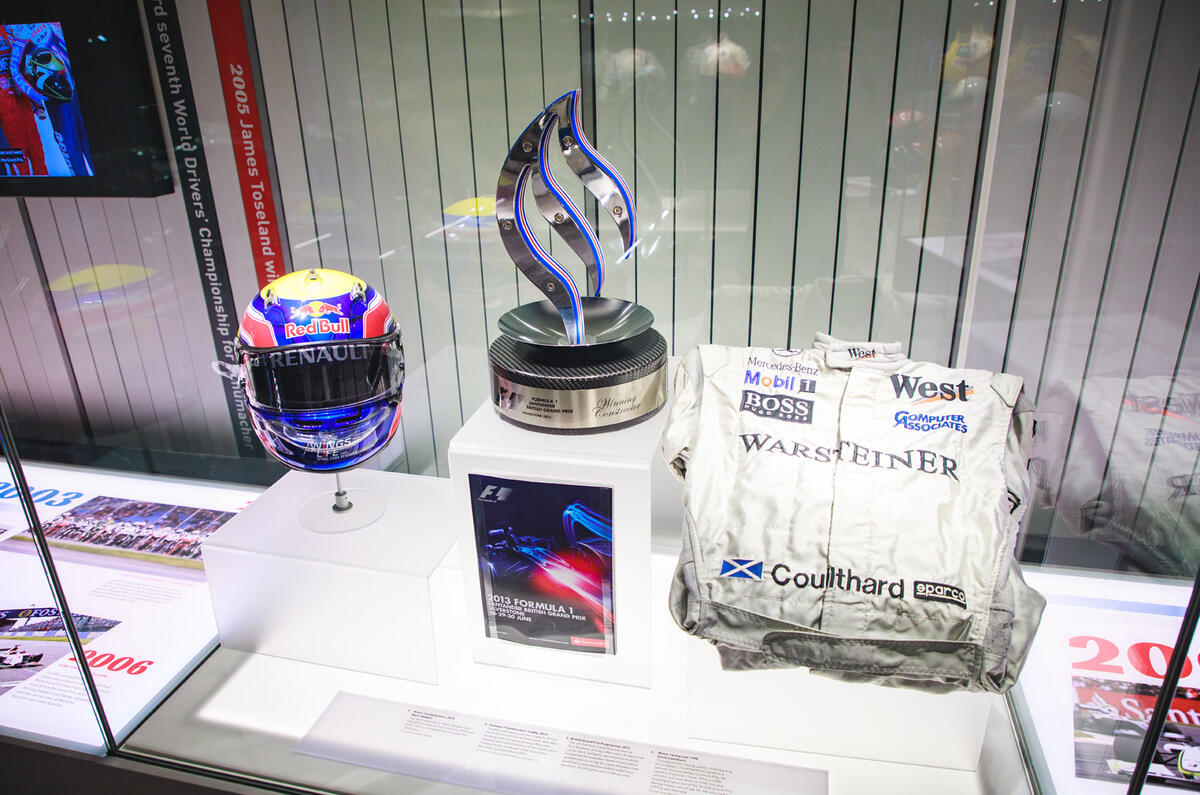
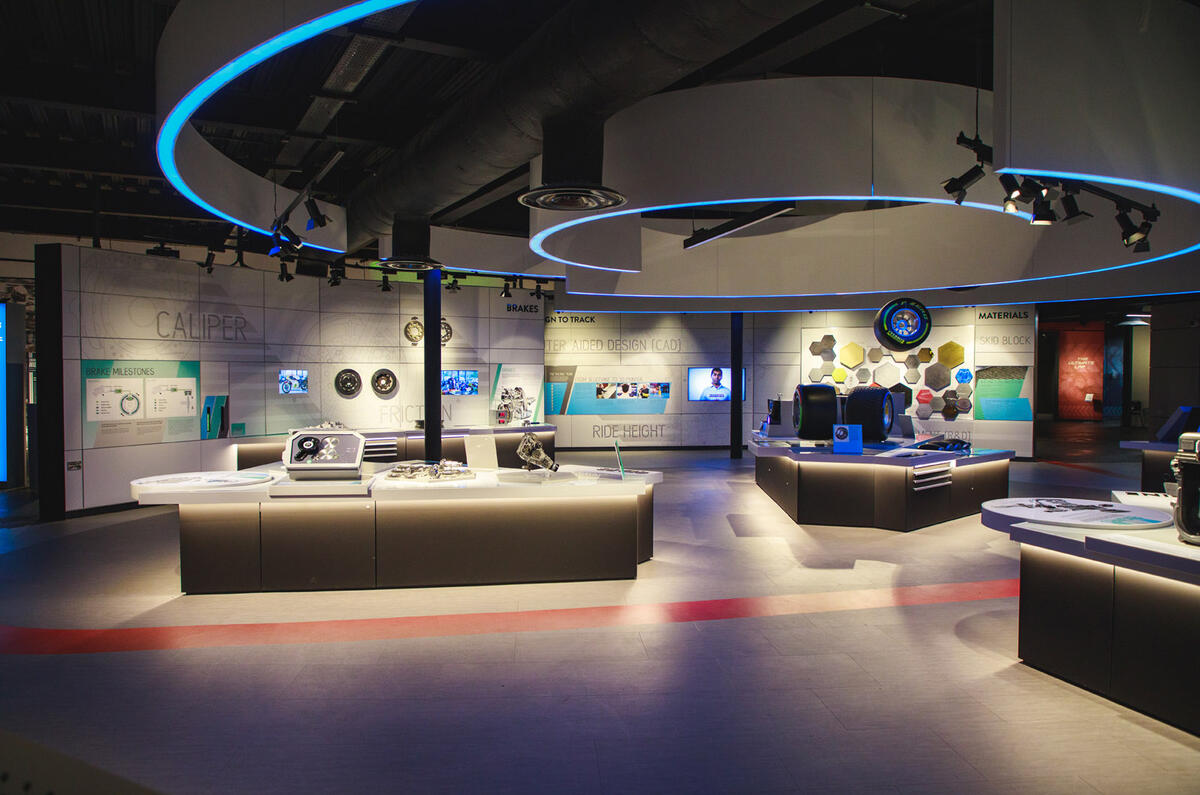
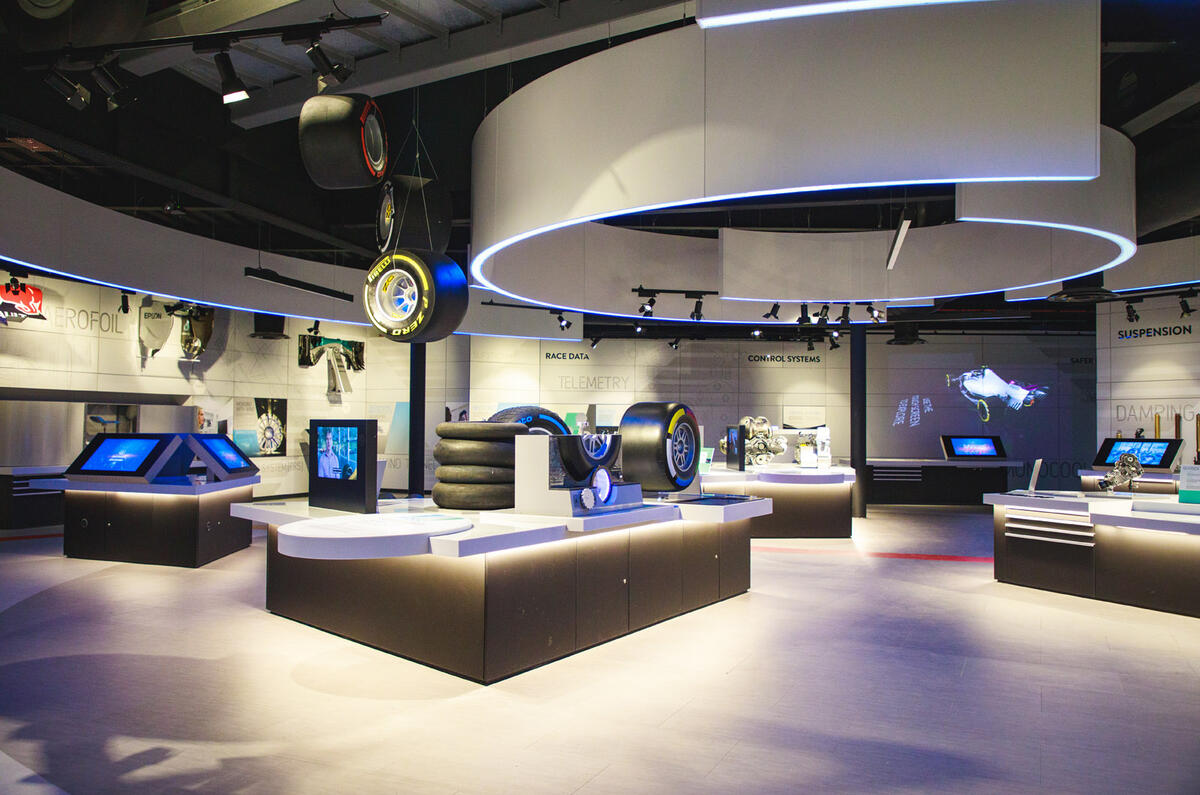
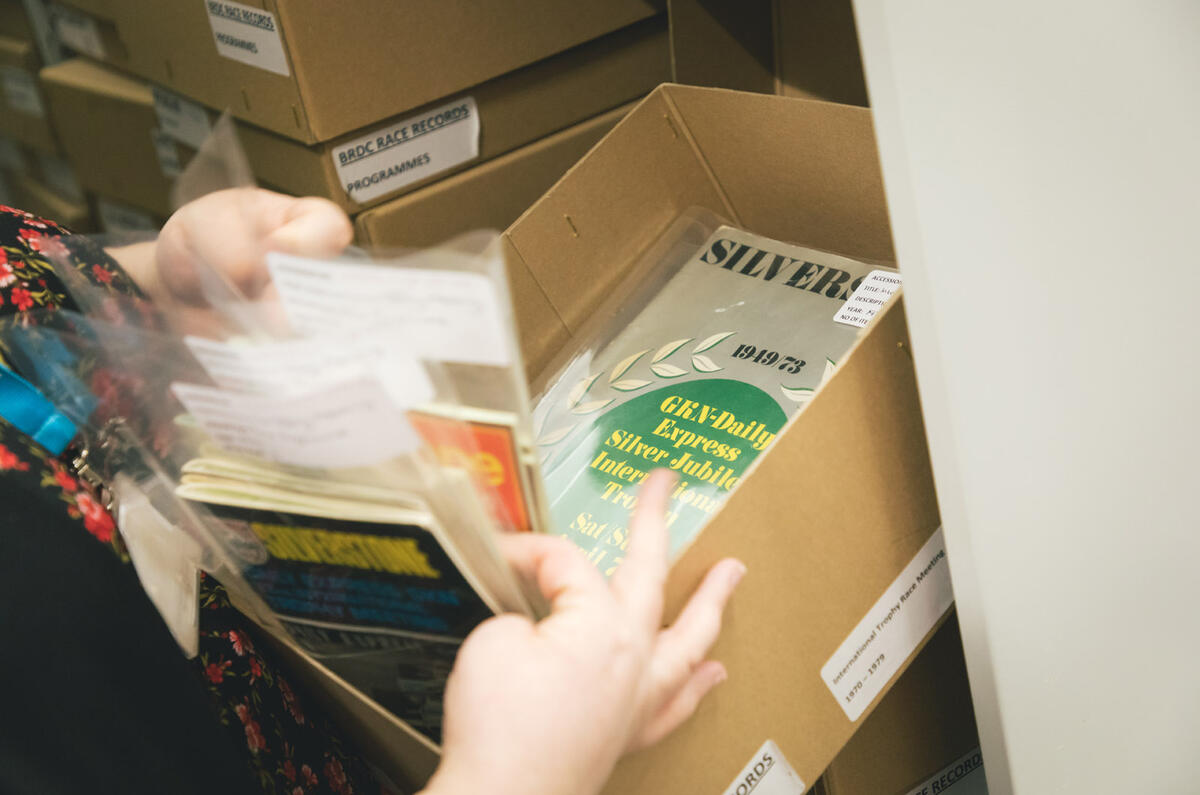
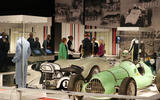
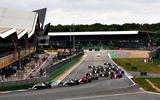
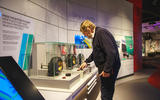
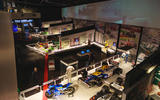
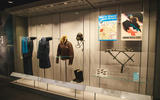
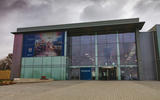
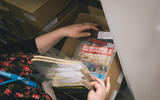
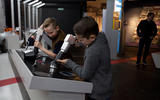
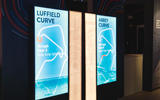
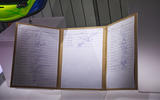
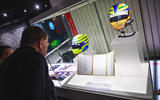
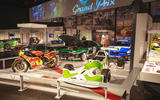
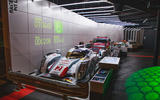
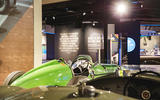
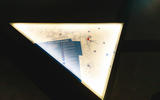
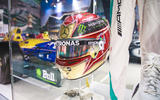
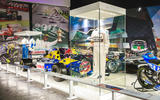
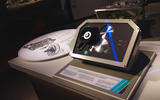
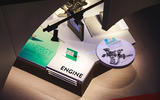
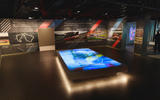
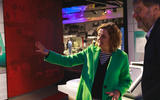
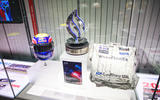
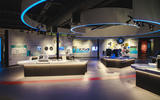
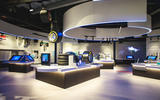
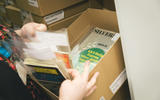

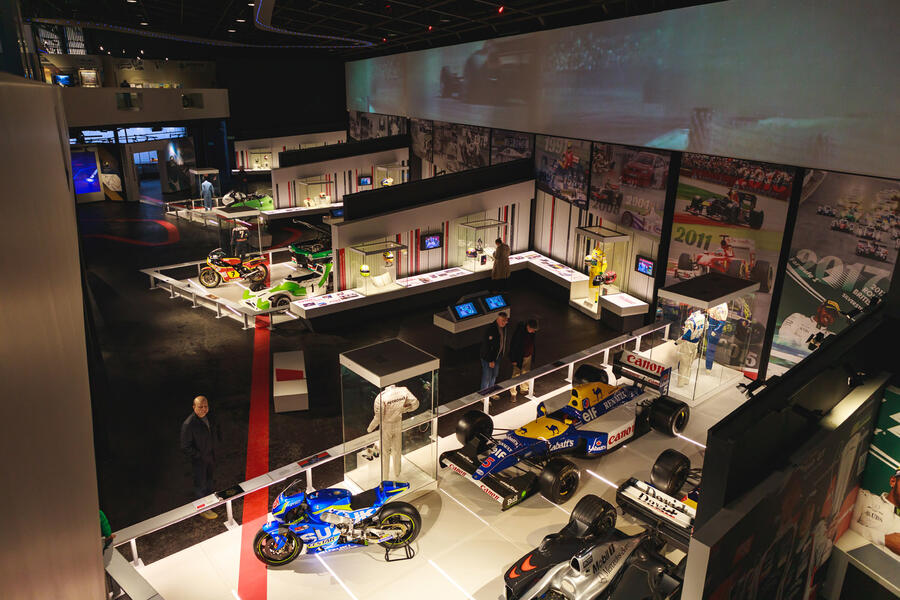
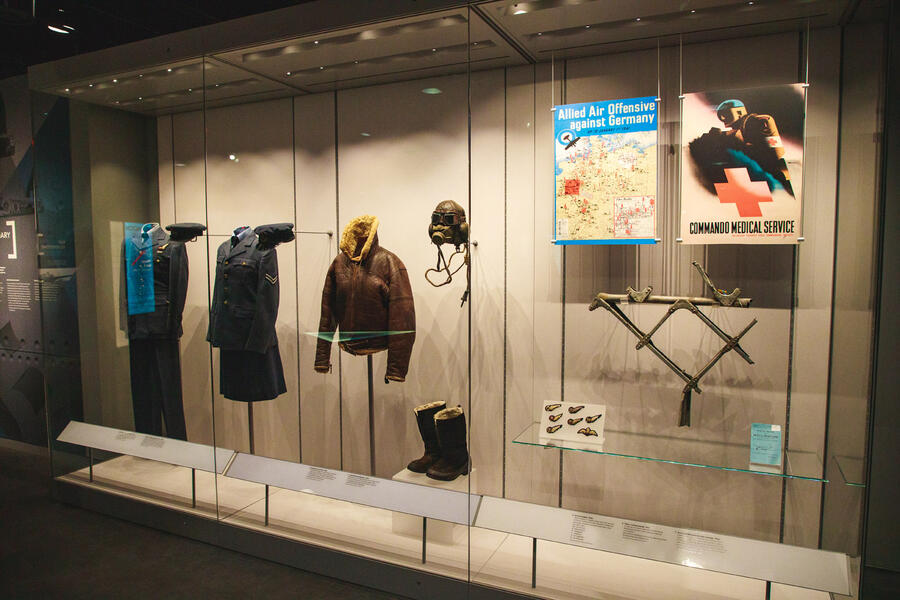
Add your comment